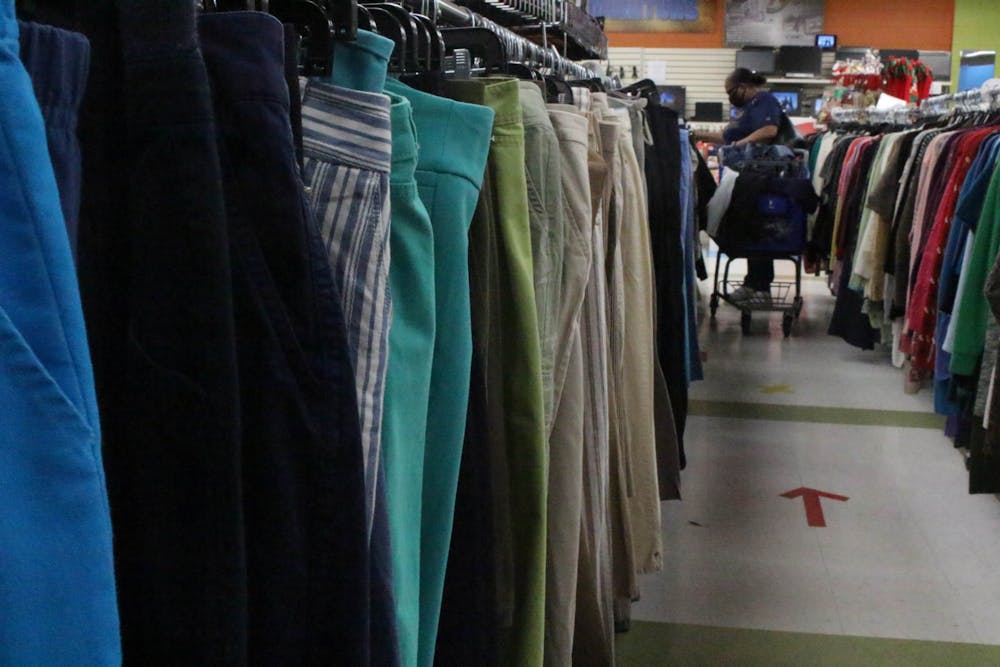Quick and inexpensive, the allure of fast fashion is appealing to college students in need of new clothes. Fast fashion is well known as clothing that is produced at a low cost due to cheap labor and materials, and produced rapidly to keep up with changing fashion trends.
Websites like SHEIN and Romwe offer thousands of clothing items at extremely low prices, but the cost goes beyond the price tag. When we invest in fast fashion, we are also investing in its consequences. From underpaid laborers to wasted resources that make up landfills, fast fashion can be economically and environmentally damaging.
Part of the reason why fast fashion is so affordable is that it is often produced in countries with relaxed labor laws, in comparison to the legislation in the U.S. In countries like Bangladesh, laborers can be subjected to poor working conditions, no overtime pay and lower wages without the company facing penalties.
This subset of the clothing industry also utilizes cheaper materials that tend to be worse for the environment. Polyester textiles, for example, emit 706 million tons of greenhouse gases annually as they are produced for usage in clothes. Additionally, 35 percent of all microplastics in the ocean are suspected to have come from fast fashion items made from polyester and other synthetic textiles.
Most significantly, the fast fashion industry is centered around producing new items as quickly as possible. This encourages shoppers to buy clothes more frequently to keep up with trends, which is made easy with low costs of clothing pieces. In fact, the quality of fast fashion items is so low, one study found that they are only meant to last up to 10 wears. As a result, every American creates an average of 75 pounds of textile waste annually.
By keeping costs low and constantly changing inventory to keep up with trends, it should be no surprise that fast fashion is marketed toward college students. It can be expensive and time-consuming to ensure that the clothes we buy are ethically sourced and manufactured.
But this shouldn’t be discouraging. Simple changes to our shopping habits can have major impacts on the clothing industry — companies take notice of what college students look and shop for, and specifically target the demographic.
Perhaps the best alternative to fast fashion is to buy second hand. When you think of shopping for second-hand clothes, you probably imagine consignment shops like Goodwill, but there are dozens of virtual and local options as well. Online stores like Poshmark and Depop have made it possible to buy pre-loved clothing from your phone. Meanwhile, thrift boutiques like Rumors and Plato’s Closet hand-pick trendy donated items to resell.
You can cut down on waste and be more sustainable by simply wearing your clothes for longer and donating once you are done, instead of trashing items. Keeping clothes for just nine months longer reduces your carbon footprint for that piece of clothing by 30 percent. We can all do our part to break this cycle of waste, one piece of clothing at a time.




